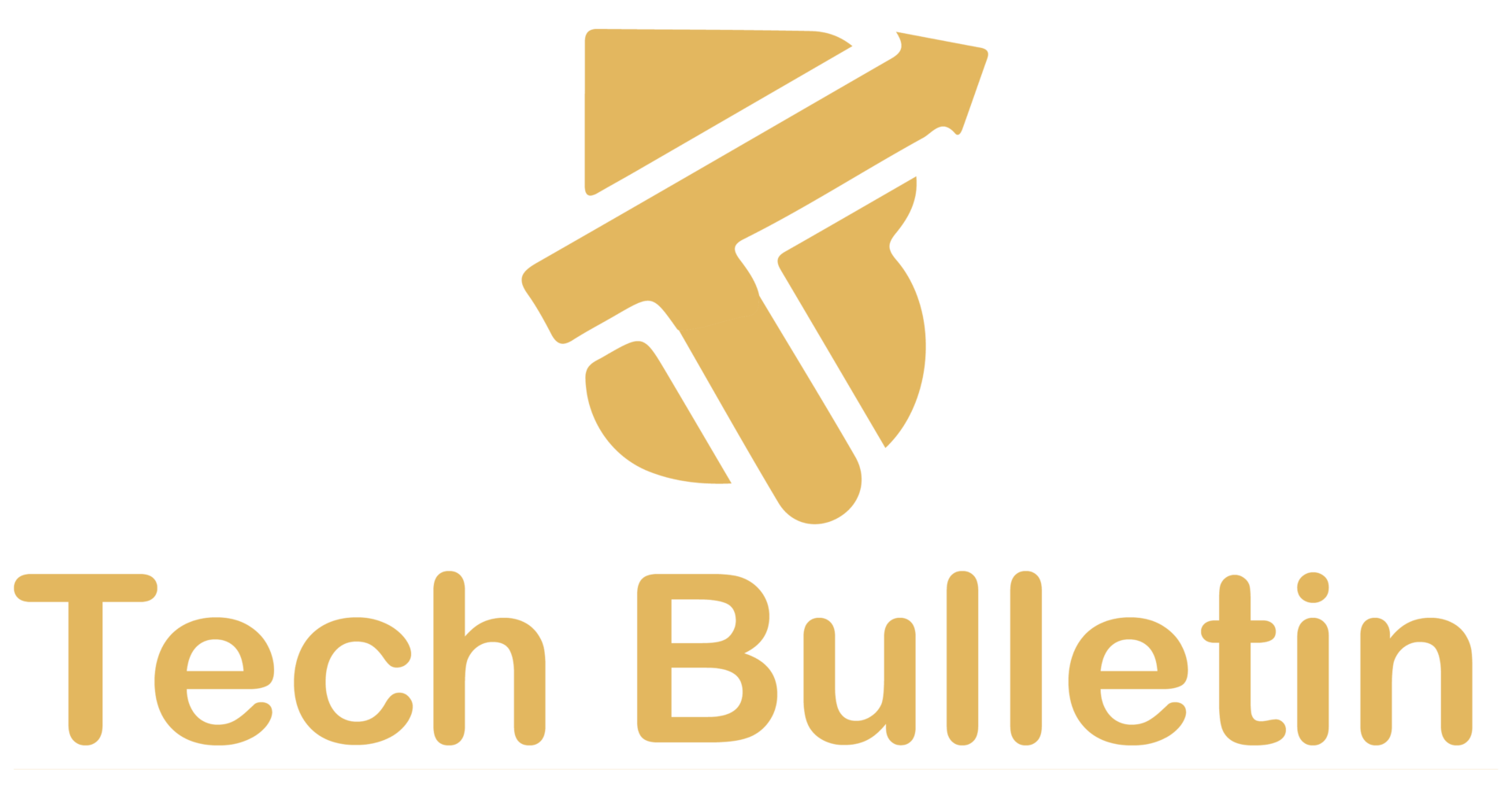Why You Shouldn’t Ignore the Benefits of Automation in Small Businesses | Game-Changing Insights + 10 Must-Know Advantages
Automation isn’t just for big corporations anymore. In 2025, even the smallest startups are using automation to cut costs, simplify operations, and compete on a global scale. From marketing emails to invoice processing, automation tools are changing the way Automation in small businesses operates, and those who ignore it are getting left behind.
Business automation is the use of software and technology to perform tasks with minimal human intervention. It streamlines repetitive activities such as data entry, inventory management, or customer follow-ups, so business owners and employees can focus on more strategic work.
There’s no one-size-fits-all. From CRM systems like HubSpot to inventory trackers like TradeGecko, automation tools are tailored to specific business needs.
Common Types of Business Automation
| Automation Type | Description |
|---|---|
| Marketing Automation | Email campaigns, lead nurturing |
| Sales Automation | Follow-ups, proposal generation |
| Accounting Automation | Invoice creation, expense tracking |
| HR Automation | Onboarding, time-off tracking |
| Customer Support | Chatbots, helpdesk ticketing |
Top 10 Benefits of Automation in Small Businesses
1. Time-Saving Across Departments
Time is the most valuable resource for any entrepreneur. Automation helps eliminate repetitive manual tasks. For instance, using tools like Zapier or Make.com, you can automatically sync leads from your website to your CRM, saving hours every week.
📌 According to McKinsey, automation can save employees up to 20% of their time daily.
2. Reduced Operational Costs
With automation, you don’t need a large team to manage tasks. A few efficient systems can do the work of several employees, reducing the need for extra hires and minimizing errors that result in costly fixes.
| Area | Manual Cost (Monthly) | Automated Cost |
|---|---|---|
| Payroll Management | $500–$1000 | $99 via Gusto |
| Email Campaigns | $300–$700 | $49 via Mailchimp |
| Data Entry | $800 | $0 with Zapier |
3. Enhanced Accuracy and Fewer Human Errors
Whether it’s accounting or product listing, errors in manual tasks can lead to serious losses. Automation ensures consistency and accuracy every single time.
4. Increased Productivity
When machines handle the mundane, your team can focus on the meaningful. Productivity spikes when employees are allowed to work smarter instead of harder.
5. Better Customer Service
Chatbots, automatic ticketing, and instant replies mean your customers get faster responses even outside business hours.
📊 81% of consumers say quick response improves their brand experience (Salesforce, 2024).
6. Improved Employee Satisfaction
When repetitive tasks are taken off their plate, employees can engage in more fulfilling work, reducing burnout and increasing retention.
7. Data-Driven Decision Making
Automation tools track everything: clicks, conversions, and payments. That means better insights and smarter business decisions.
8. Seamless Scalability
Want to grow fast without hiring dozens of people? Automation helps you scale operations effortlessly while maintaining consistency.
9. Competitive Edge in the Market
Small businesses using automation often outperform their competitors in speed, service, and agility. It’s not about size, it’s about strategy.
10. Compliance and Risk Management
Automated systems log activity and store records crucial for tax audits, GDPR compliance, and internal controls.
Use Cases of Automation in Small Businesses
Examples by Industry
| Industry | Automation Examples |
|---|---|
| Retail | Inventory sync, loyalty emails |
| Healthcare | Appointment reminders, digital intake forms |
| Finance | Automated invoicing, bank reconciliation |
| Real Estate | CRM updates, property alerts |
| Marketing | Content scheduling, ad budget control |
Real-Life Success Stories
- Bliss Coffee Co.: A small café saved 12 hours a week by automating supplier orders and customer loyalty emails.
- Maple Tech Solutions: Reduced their onboarding time from 5 days to 1 day using HR automation tools.
How to Implement Automation in Your Small Business
Choosing the Right Tools
Start small. Identify repetitive tasks and find low-cost tools. For instance:
- Trello + Butler: Automate task boards.
- QuickBooks: Automate bookkeeping.
- Calendly: Automate appointment scheduling.
Onboarding and Employee Training
Make sure employees understand how tools work. Offer short tutorials, training guides, and Q&A sessions.
Monitoring & Optimization
Set KPIs, track tool performance, and tweak processes monthly to ensure maximum ROI.
Challenges and Misconceptions About Automation
Cost Misconceptions
Automation doesn’t always mean a hefty investment. Many tools offer free plans or low-cost monthly pricing.
The Human Job Loss Myth
Automation doesn’t replace humans, it empowers them. By handling routine tasks, it frees up teams to do creative, high-value work.
FAQs
1. What are the most affordable automation tools for small businesses?
Tools like Mailchimp, Trello, Calendly, and Wave offer free or low-cost plans perfect for small operations.
2. Can automation work for service-based businesses?
Absolutely! Automate client onboarding, reminders, invoices, and feedback requests.
3. How do I train my staff on automation tools?
Use built-in tutorials, YouTube guides, or schedule a short internal workshop.
4. Is automation secure for customer data?
Most tools are GDPR/CCPA compliant. Always read privacy policies and use two-factor authentication.
5. What’s a good first step toward automation?
Start with email marketing or invoice automation—they’re easy and impactful.
6. Does automation reduce the number of jobs?
No. It redistributes workload and boosts overall team efficiency.
Ready to streamline your small business operations? Explore tools and tips under our Automation and AI category.






